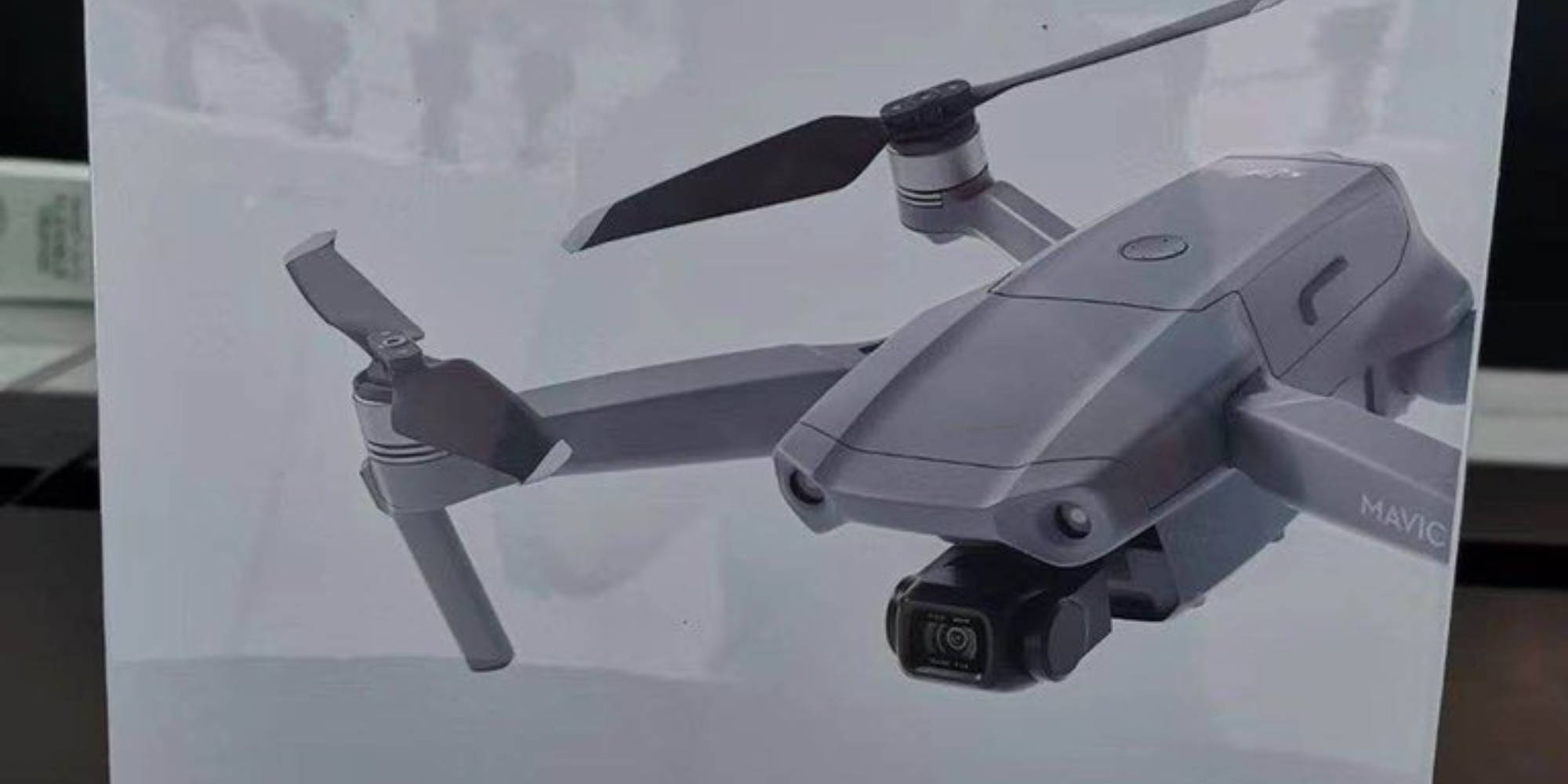

Midway through the flight I aborted the shoot and returned with a safe margin of battery, but I lost the shot. I had a frightening experience when I misjudged distance and return time while shooting a time lapse over water and nearly lost my drone (and polluted the environment). Some drones will warn you, but some won’t. This is one of the most important question to ask. You can use a backward facing drone to get a typical pull-back shot or point slightly off of perpendicular for a dolly shot, such as the sunrise below.ĭo you have enough battery to shoot and return? Point one way, film anotherįacing one direction while flying another can offer a dynamic look to your video, rather than simply flying straight ahead. Will you cover too much ground? Will your drone still be in line-of-sight (which most countries require as part of drone flying regulations)? What obstacles might your drone encounter when flying that long? When flying a drone, it’s even more important to make sure you don’t run out of card space and that you judge the movement of your drone compared to the total time it will take to shoot your time lapse. It’s going to take some experimenting to get it right.ĭPS writer, Ryan Chylinski, explains the importance of shoot length in this helpful post. Let me show you the difference between a 2-second interval (at 1.6MPH) and a 5-second interval (at 4.5MPH) while a drone circles me. Anything faster than that and the video shows way too much motion to be palatable.īut if you’re flying slow, a 10-second interval might be ideal for helping show the movement of slow-moving clouds or shadows. There’s a reason DJI limits the speed of the drone in certain modes (explained below) to 4.5MPH. The speed of your drone, distance to objects and the length of your interval will have a large impact on your time lapse. Try different interval timings and drone speed, 2 seconds is a lot different than 10 seconds

Try not to add too much complexity on top of that. It can be difficult to make exposure adjustments depending on your brand of drone (and some don’t allow it at all) – it’s hard enough to safely fly a drone while shooting. I suggest, when getting started, to anticipate your lighting situation and not attempt to change exposure during a timelapse shoot if your drone allows it. Tips Before Getting Started Check exposure and anticipateĬhanging exposure during a timelapse shoot, be it on land or in the air, is often a tricky endeavor. I practiced over land many, many times before I felt confident using the automatic modes for time lapses over water. It’s important to note that all experimentation and practice should be done in an open space, away from people, buildings, pets and in accordance with all laws and regulations for your location. Some drone manufacturers will compile the time lapse video for you while others simply record each individual photo, allowing you to compile the video yourself. Some tips will be specific for this model but I will also offer more tips for aerial time-lapse creation in general. While manufacturers differ how they handle time-lapse creation, the tips below are meant to introduce you to what’s available. This post is written based on experience with the latest model DJI Mavic 2 Pro. Time lapse imagery can convey a sense of place that still images and videos lack. While there is certainly some fun to be had in the simple joy of flying around and looking at stuff from high up, I use my drone primarily to create images and footage with an eye toward cinematic appeal. I prefer to refer to my drone as a flying camera. Now that ability is easily extended to time lapse photography. Drones can capture images and footage you might have only dreamed of in the past.


 0 kommentar(er)
0 kommentar(er)
